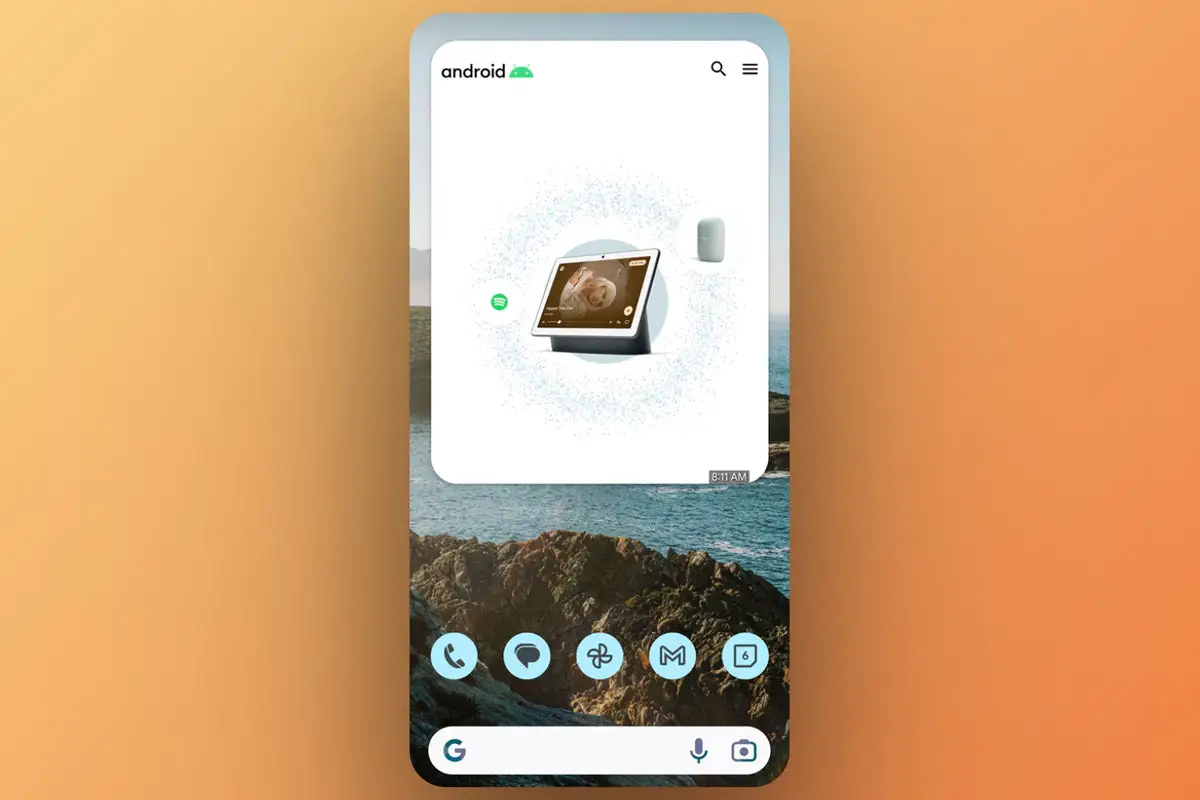Introduction
In the ever-evolving landscape of education, technology is paving the way for
revolutionary changes that promise to reshape the future of learning. From the
integration of virtual reality in classrooms to the rise of personalized
learning experiences, these tech-driven trends are propelling education into a
new era of innovation and efficiency.
This article explores nine key trends that are poised to transform the
educational landscape and provide students with enhanced opportunities for
growth and success.
The Future of Education is Tech-Driven: 9 Trends to Watch
1. The Rise of Virtual Classrooms
As technology continues to advance, the concept of traditional
brick-and-mortar classrooms is being redefined. Virtual classrooms are gaining
traction, enabling students to participate in real-time, interactive learning
experiences from the comfort of their homes.
With the integration of video conferencing, online whiteboards, and
collaborative tools, virtual classrooms foster seamless communication between
students and educators across geographical boundaries.
2. Personalized Learning Experiences
One size does not fit all in education, and technology is addressing this
challenge with personalized learning experiences. Adaptive learning platforms
utilize artificial intelligence to assess individual students’ strengths and
weaknesses, tailoring lesson plans to cater to their unique needs. This
approach fosters deeper understanding and engagement, empowering students to
learn at their own pace.
3. Gamification for Engaging Education
Gamification is revolutionizing the way students interact with educational
content. By incorporating game elements, such as points, badges, and
leaderboards, into learning materials, educators can make the process more
enjoyable and engaging. Gamified learning motivates students to achieve their
academic goals while honing problem-solving and critical-thinking skills.
4. Artificial Intelligence in Education
Artificial intelligence is making remarkable inroads in the education sector.
AI-powered chatbots act as virtual teaching assistants, providing immediate
responses to students’ queries and supporting educators in administrative
tasks. Moreover, AI-driven data analytics enable educators to gain valuable
insights into students’ progress and optimize their teaching methodologies
accordingly.
5. The Role of Augmented Reality in Learning
Augmented reality (AR) brings a new dimension to education, blending virtual
elements with the real-world environment. Through AR-enhanced textbooks and
applications, students can explore subjects in immersive ways, visualizing
complex concepts and enhancing their understanding. AR also facilitates
interactive experiences, such as virtual lab simulations, offering hands-on
learning opportunities.
6. Blockchain Technology for Credentials and Certifications
Blockchain technology is revolutionizing the validation of credentials and
certifications. By storing educational achievements on a tamper-proof and
decentralized ledger, blockchain ensures the authenticity and integrity of
academic records. This fosters trust between employers and job seekers,
streamlining the hiring process and mitigating the risk of fraudulent claims.
7. Internet of Things (IoT) in Educational Institutions
The Internet of Things (IoT) is reshaping the physical learning environment,
creating smart campuses that enhance efficiency and safety. IoT-enabled
devices, such as smart boards, connected wearables, and smart lighting, enrich
the learning experience while optimizing energy consumption and resource
management within educational institutions.
8. Cloud-Based Collaboration and Storage
Cloud technology has transformed how students and educators collaborate and
store information. Cloud-based platforms facilitate the seamless sharing of
documents, assignments, and multimedia content, promoting real-time
collaboration and easing the burden of data storage. Cloud solutions also
ensure accessibility to educational resources from any device with an internet
connection.
9. Lap Desks for Comfortable Education
As we embrace technology-driven education, it is essential not to overlook the
significance of physical comfort. Comfortable seating arrangements, such as
The Best Lap Desks Options, play a crucial role in enhancing the learning environment. Ergonomically
designed benches promote proper posture and alleviate physical strain,
allowing students to focus better on their studies and maximize their learning
potential.
FAQs
What are virtual classrooms?
Virtual classrooms are online learning spaces where students and educators
interact in real-time through video conferencing, collaborative tools, and
online whiteboards.
How does personalized learning benefit students?
Personalized learning tailors educational content and pace to suit individual
students’ needs, enhancing engagement and comprehension.
What is gamification in education?
Gamification involves incorporating game elements, such as points and badges,
into educational materials to make learning more engaging and enjoyable.
How does artificial intelligence enhance education?
Artificial intelligence supports education through AI-powered chatbots, data
analytics, and adaptive learning platforms, optimizing teaching methodologies
and providing immediate student support.
Conclusion
The future of education lies in the seamless integration of technology into
the learning experience. The emergence of virtual classrooms, personalized
learning, gamification, and AI-driven assistance promises to revolutionize
traditional teaching methods. Augmented reality, blockchain technology, IoT,
and cloud-based collaboration offer new avenues for immersive and efficient
learning.
As we embrace these tech-driven trends, let us not forget the importance of
physical comfort for students, ensuring an all-encompassing educational
journey that empowers the minds of tomorrow.










Leave a Reply